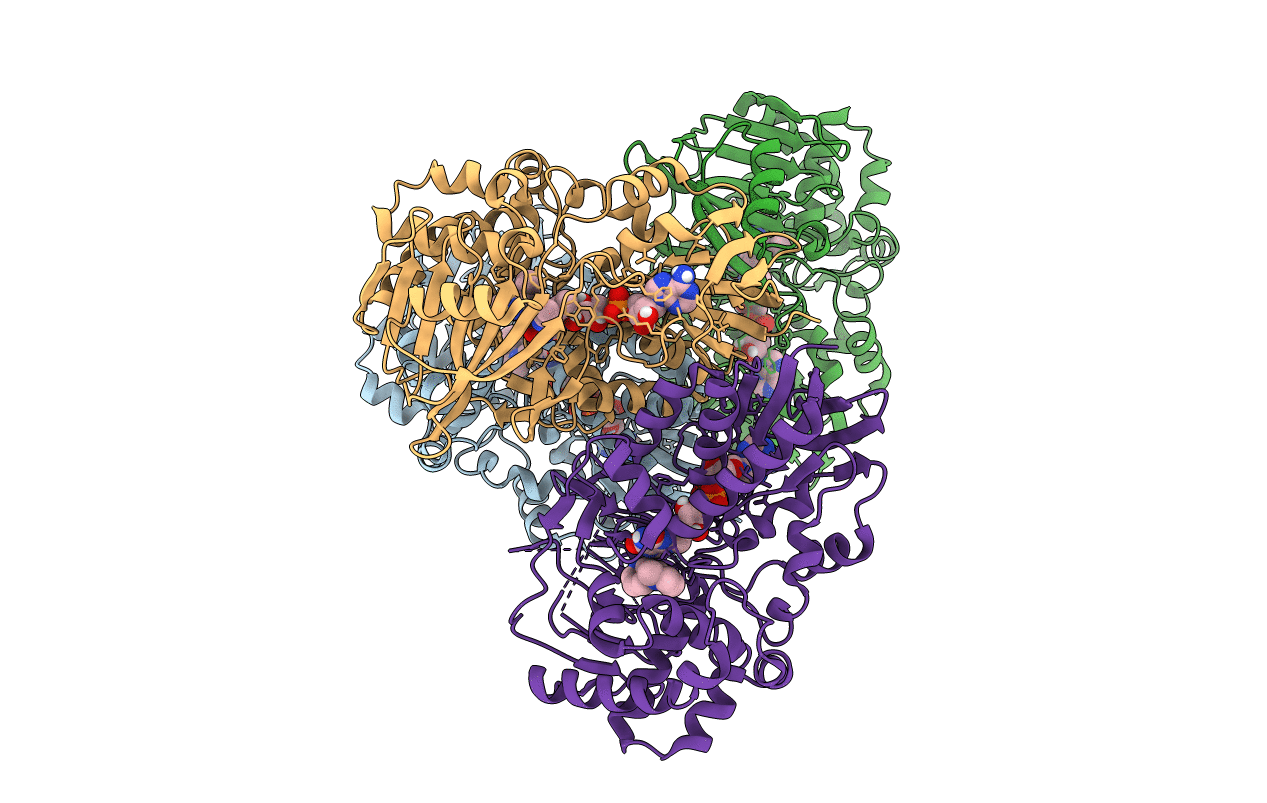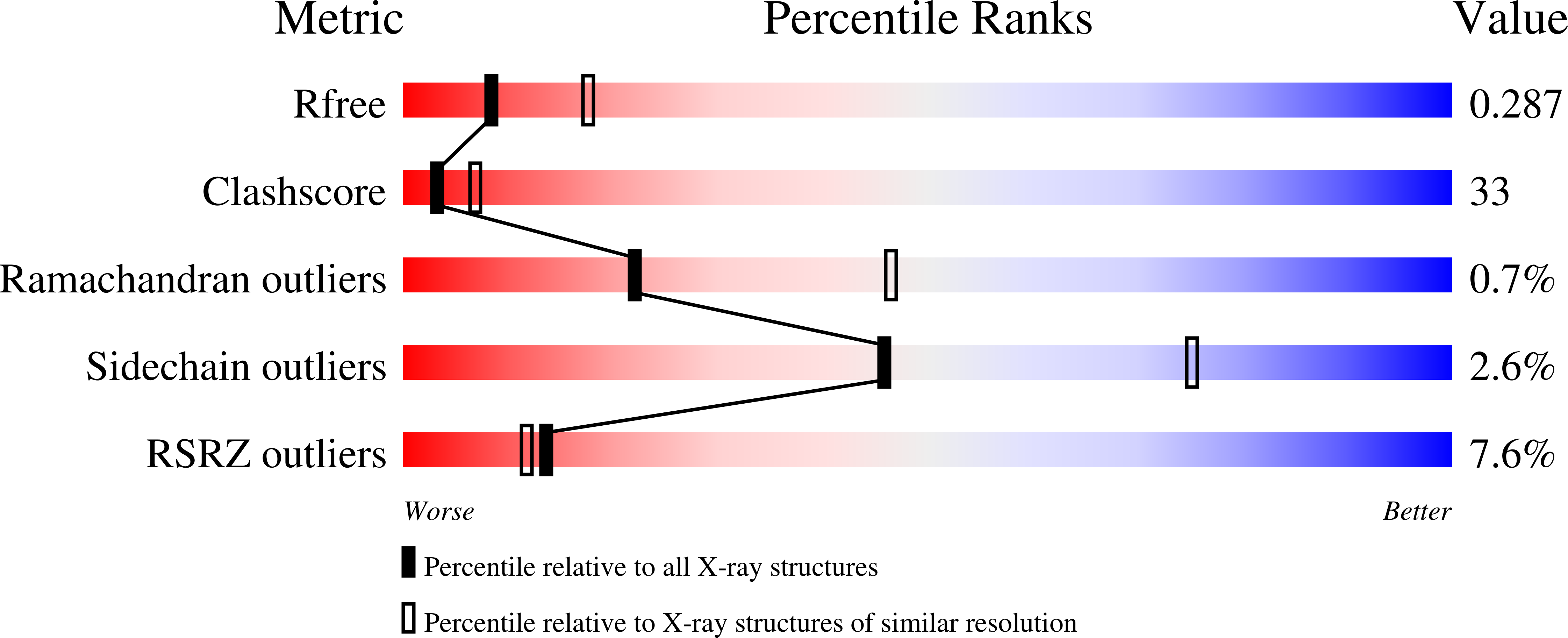
Deposition Date
2020-10-21
Release Date
2021-02-10
Last Version Date
2023-10-18
Entry Detail
Biological Source:
Source Organism:
Pseudomonas putida S16 (Taxon ID: 1042876)
Host Organism:
Method Details:
Experimental Method:
Resolution:
2.69 Å
R-Value Free:
0.28
R-Value Work:
0.23
R-Value Observed:
0.23
Space Group:
P 21 21 21


